Cartier’s 176-year history includes a considerable horological portfolio, with enough depth and cultural impact to support countless books, specialist dealers and consultants, and a dedicated fanbase full of meticulous, knowledgeable collectors. It can thus be an intimidating field to get into, but there is a way to get easily digestible snapshots of classic Cartier moments straight from the Maison itself. It even comes with actual timepieces. The only caveat is that each episode is a year apart.
The Cartier Privé collection consists of an annual, limited release that brings some classic Cartier watchmaking design to the fore, updating it for modern wear as well as adding new references with a contemporary twist. Now in its seventh series, the star of the show this year is the Tank Normale.
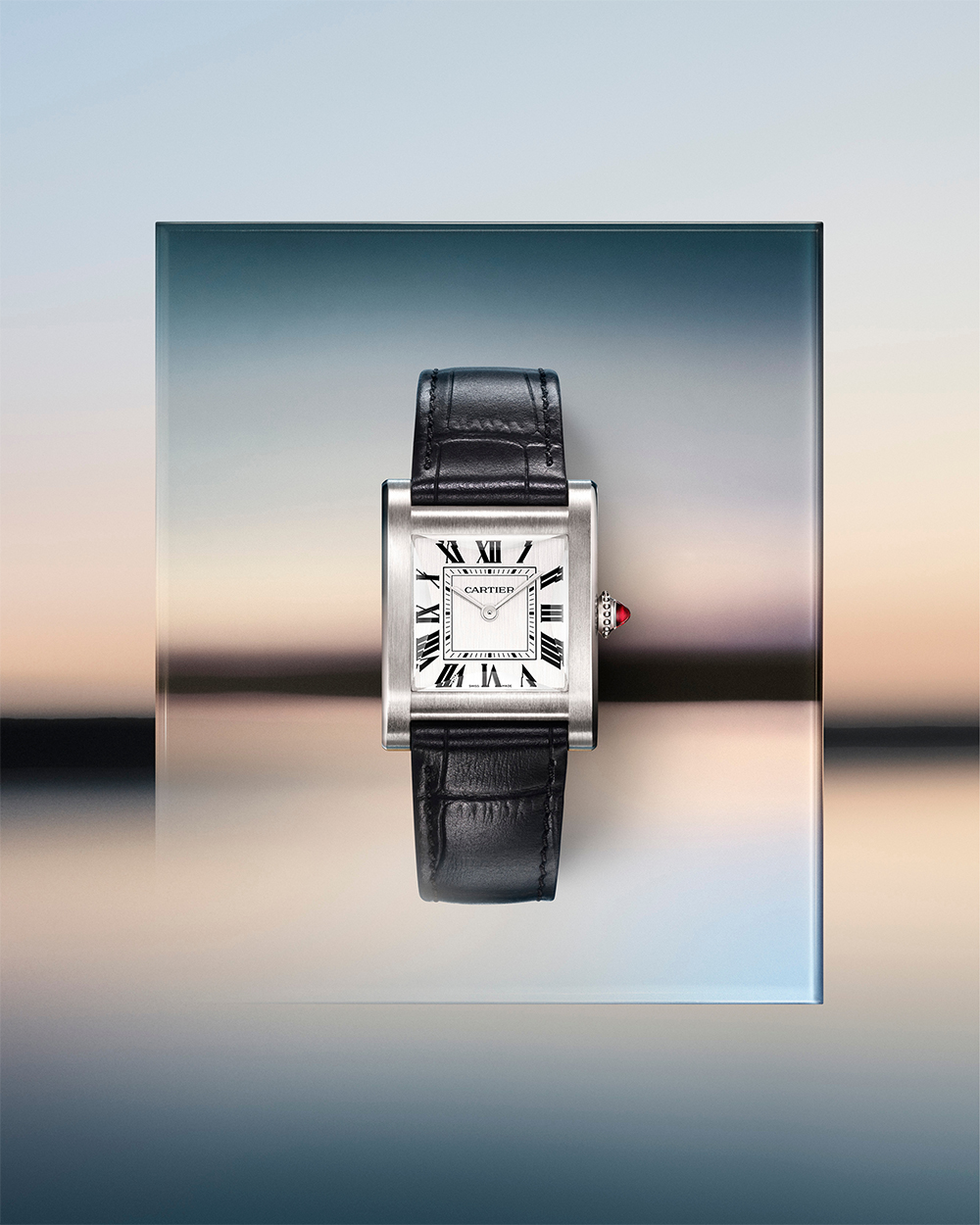
The Tank Normale is the original Tank, designed by Louis Cartier in 1917 and started being sold two years later. Although the Tank is one of those evergreen designs that has barely changed in more than 100 years, the differences between the Normale and its modern cousins are quite noticeable—the Normale is more square than rectangle, and the Roman numerals are less pronounced. Its defining characteristic is that the brancards (the vertical posts on either side) are squared-off rather than rounded. The overall silhouette is much more reminiscent of the treaded combat vehicle—a cutting-edge piece of military technology at the time—that inspired its shape.
The Cartier Privé as we know it today began in 2017 with the Crash, but its origins lie with an earlier Cartier offering known as the Paris Collection Privé that was active in the late 1990s and 2000s. “It was the same idea to cultivate our historical designs in only mechanical, precious material versions. Manual winding, in the tradition, in the same proportions as the original ones as far as possible,” explains Pierre Rainero, Cartier’s Director of Image, Style, and Heritage.
“Now, we also have some considerations about a watch being more waterproof and more solid, so it’s not exactly the same as the ones of a century ago. We have to manage both considerations—the faithfulness to the original design, and the minimum demand for more durable items corresponding to a life of today.”
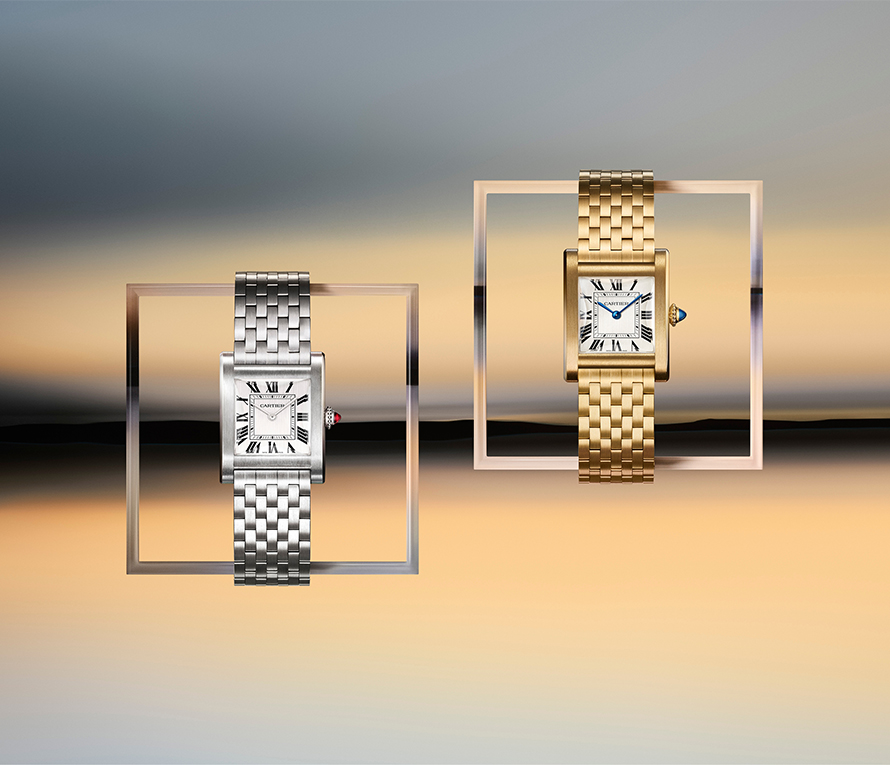
As limited, numbered editions, Privé watches are in high demand and are sold to completion very quickly. “It’s a sign of enthusiasm, definitely. We have very faithful collectors,” Rainero says. “The funny part is how those collectors exchange information among themselves. They do share their pleasure and their excitement, and it’s very interesting to share that with them. We face people who do their own research on Cartier. Go through the books and the articles; some of them write the articles!
“Everything that is well-designed, rare, and well-made creates excitement,” Rainero adds. “It’s an enjoyment. It’s a pleasure.”
The Cartier Privé Tank Normale collection includes two references in classic, leather-strapped form: one in yellow gold and one in platinum (limited to 200 each). Two similar versions are offered on supple, seven-row bracelets (limited to 100 each). All four references are two-hand time-only watches, and are driven by the manually wound Calibre 070. In terms of sizing, the case measures less than 33mm by 26mm, making them quite small by today’s standards—but then, vintage is in these days, and historicity is the point. With a bevelled sapphire and a brushed finish, the Tank Normale has a somewhat more rugged look than today’s counterparts, tapping into an age of gentlemen explorers.
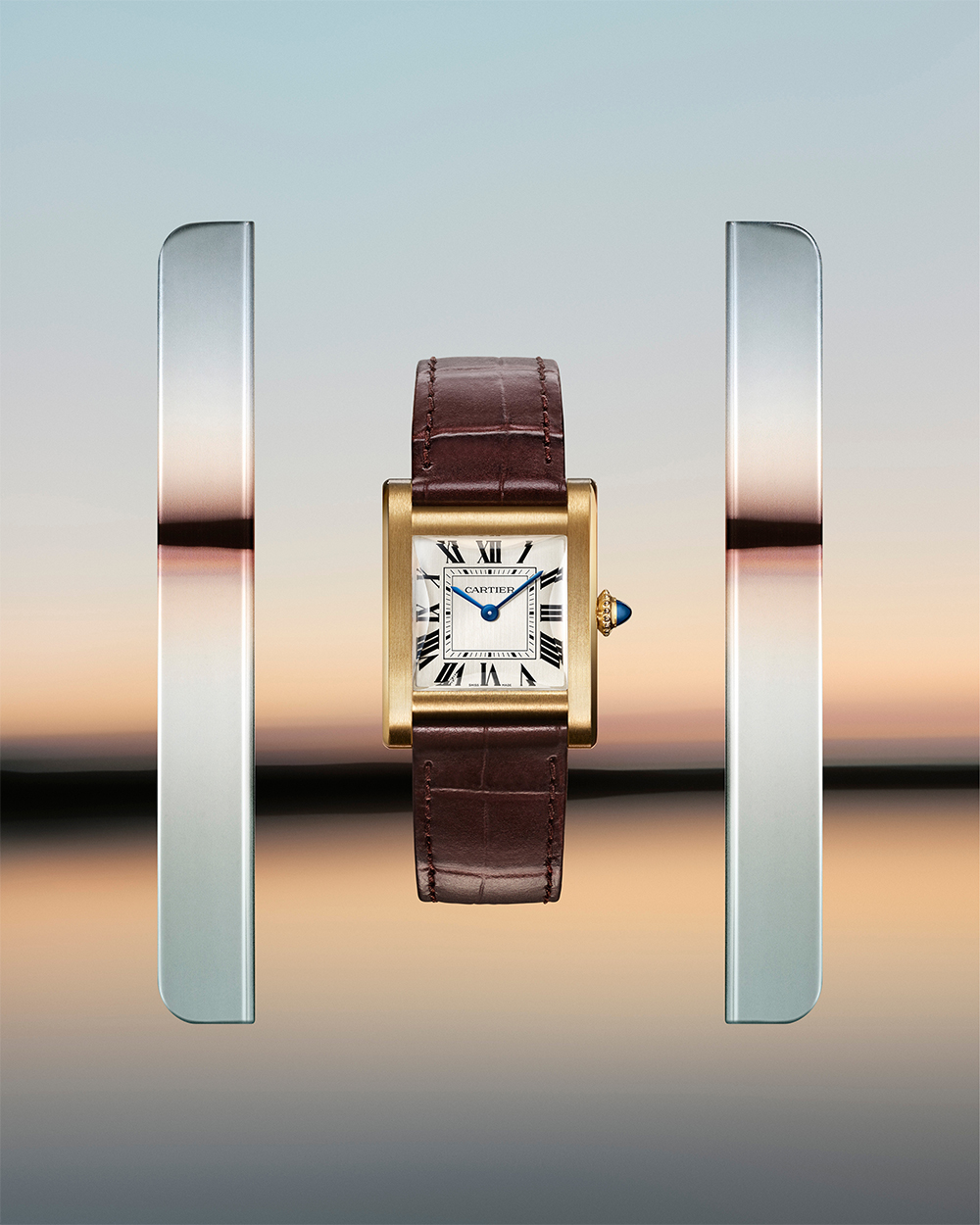
And for the modern twist that is the Privé signature, there are three skeletonised references. The all-new Calibre 9628 MC is not only artfully openworked in a sun-and-moon motif, it also has the unusual property of its hour hand going up to 24 instead of the usual 12. The day-and-night theme is expressed through the gradient finish of the dial. Day is the top half, with 12 o’clock at its usual place, and midnight where ‘6 o’clock’ usually is. Slightly larger at about 35mm by 28mm—and with this presentation, any aid to legibility is a plus—it too is available in yellow gold and platinum on leather straps (limited to 50 pieces each), along with a third, precious reference consisting of a platinum case set with 42 brilliant-cut diamonds that is limited to just 20 pieces.
“It’s about the movement and transparency,” Rainero says. “There are challenges in terms of design: a Cartier specificity is to make every detail beautiful, even the technical ones. To look for that kind of a beauty everywhere, that’s a challenge—a normal challenge, for us.”
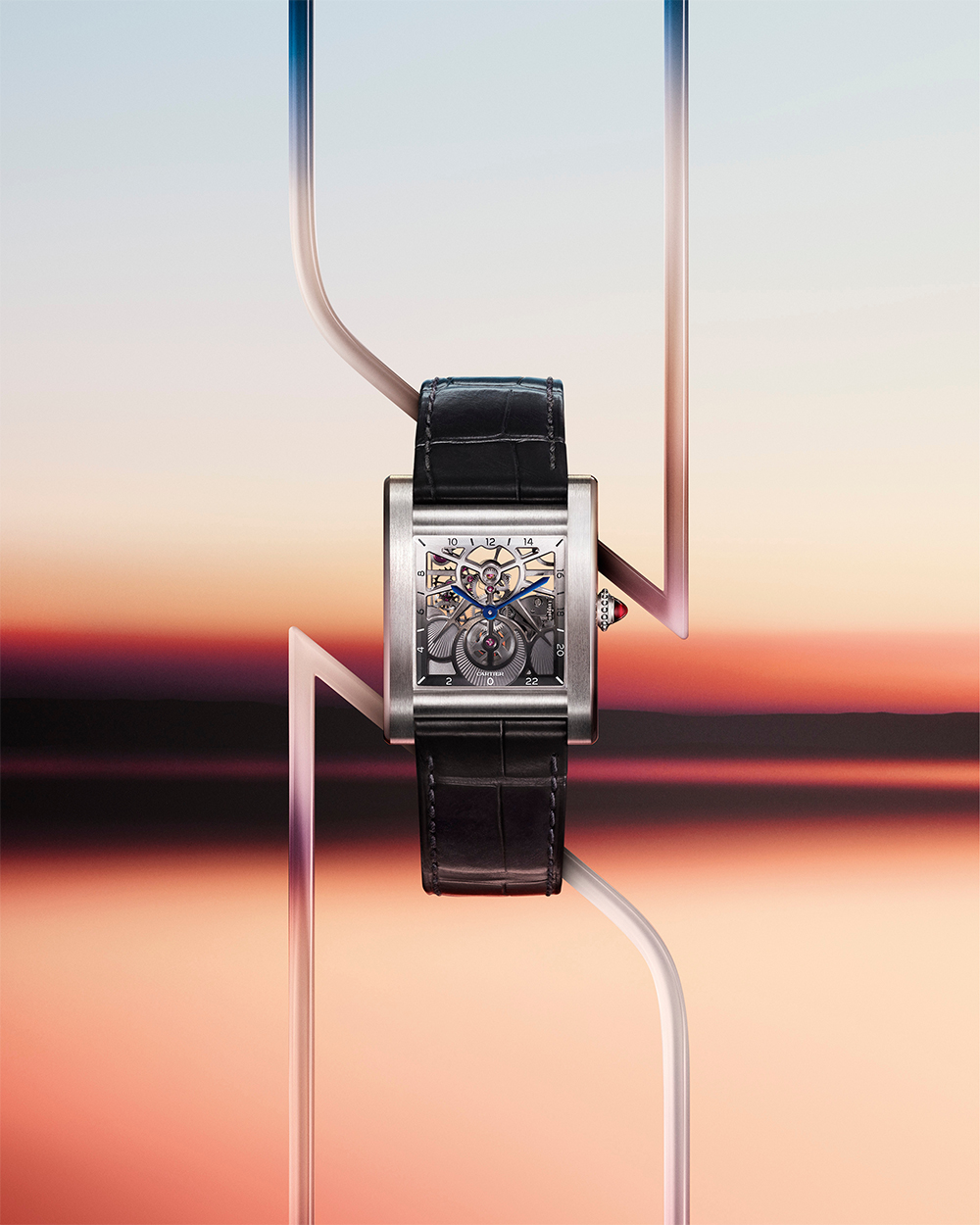
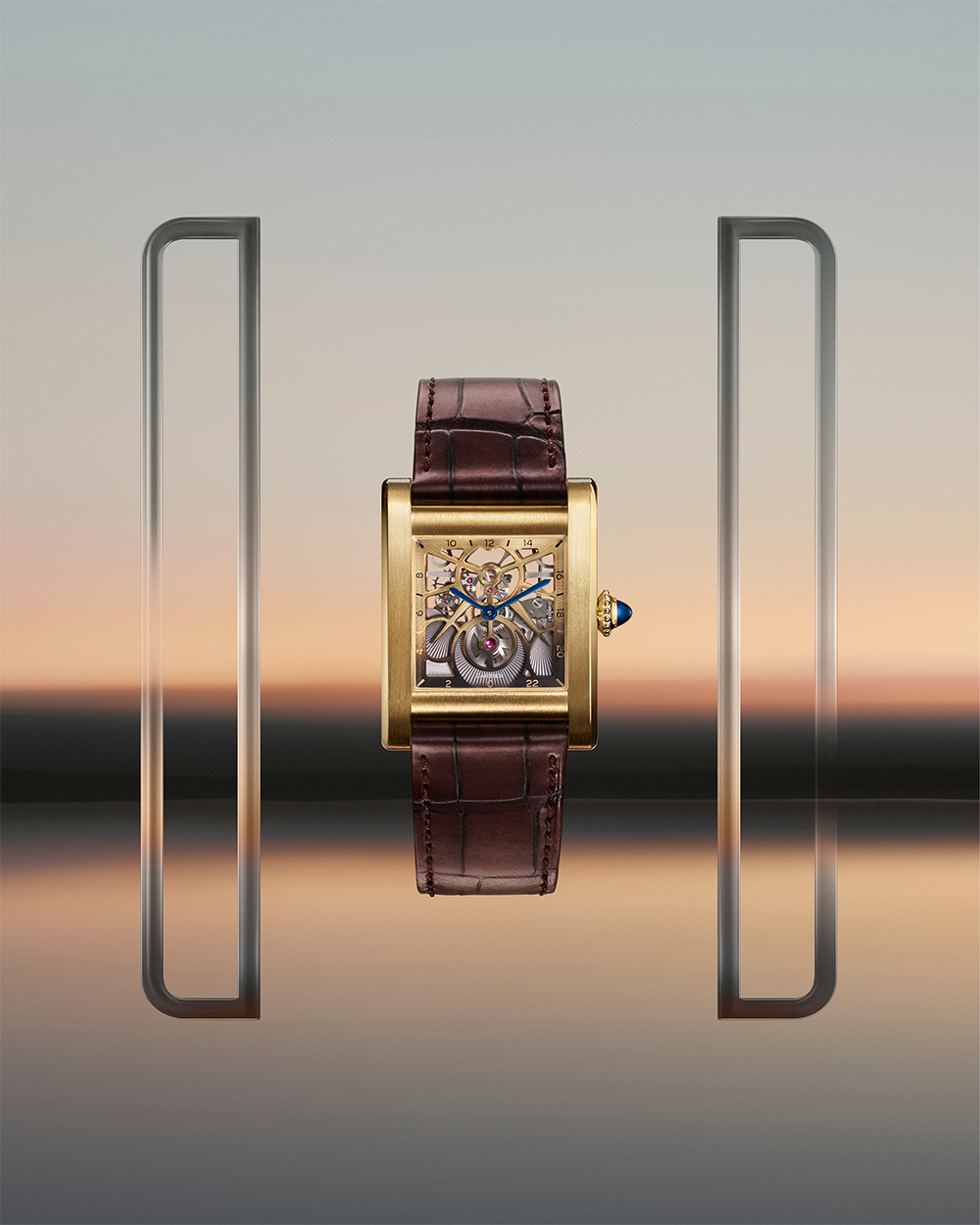
Selecting the specifics of a vintage design is not as simple as pulling something out from the archives. Watchmaking was something of a Wild West back in the day, with small runs, designs and specifications liable to change at a whim. Even narrowing it down to a single, broad design and time period leaves many choices to make. “We had to choose among all the different references. And obviously, there is something subjective in that,” Rainero says. “But this is the pleasant part of the job—to think about the contemporary resonance of a design that already existed. It’s a question of feeling, it’s not a question of strategy. It’s really something we feel.”
This article was originally published on Robb Report Malaysia.
For more reads on watches and jewellery, click here.
| SHARE THE STORY | |
| Explore More |




